
By Jonathan A. Noyalas
After the Union army torched Virginia’s bountiful Shenandoah Valley, veterans from both sides began to mend the Civil War’s deep wounds and help rebuild a country.
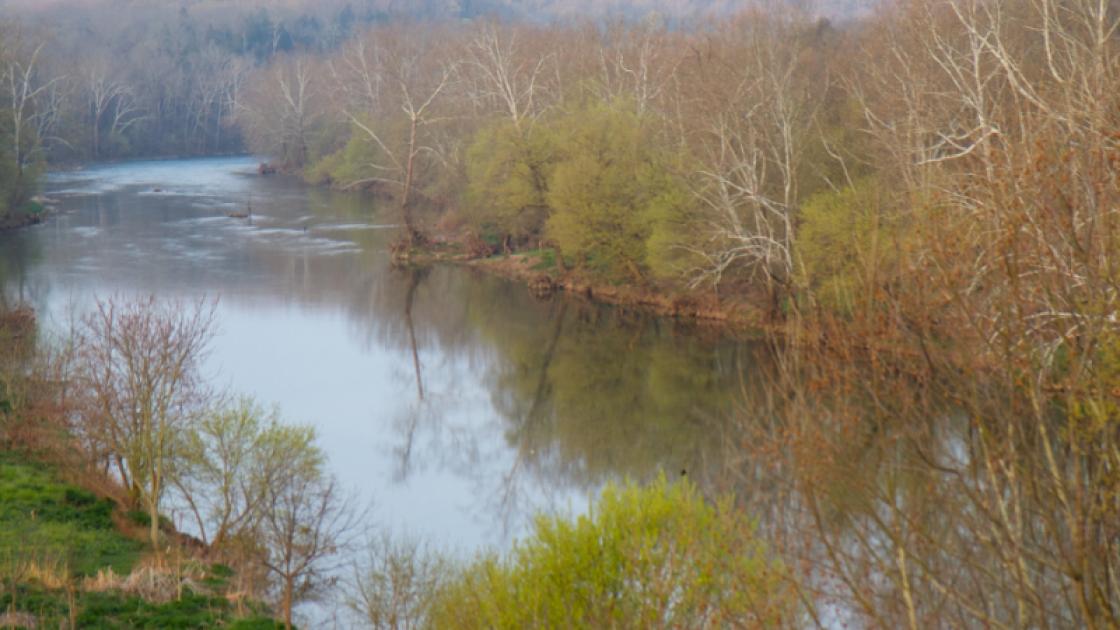
Several months after the Civil War’s guns fell silent, author John Trowbridge toured war-torn Virginia to gather material for his forthcoming book The South: A Tour of Its Battle-Fields and Ruined Cities. As a train carried him into Virginia’s Shenandoah Valley, he peered out his window and viewed the aggregate impact of four years of occupation and campaigning by armies: “We passed through a region of country stamped all over by the devastating [hell] of war. For miles not a fence or cultivated field was visible.” A resident of Winchester, sitting next to him on the train, saw the astonishment on Trowbridge’s face and informed him: “It is just like this all the way up the Shenandoah Valley…. The wealthiest people with us are now the poorest.”
To Valley residents, a people who, before the conflict, produced nearly 20 percent of Virginia’s wheat and hay crop and almost 30 percent of the Old Dominion’s rye crop, the region’s landscape and economy seemed ruined. A Confederate veteran who returned home to the Shenandoah after Gen. Robert E. Lee’s surrender at Appomattox noted simply: “This Valley, which once blossomed as a flower garden, was one scene of desolation and ruin.”
Although the Valley suffered much during our American Iliad — incessant occupation, privation, destruction and 325 different military actions according to one National Park Service report — what had not been annihilated was the inhabitants’ will to rebuild and rise from the war’s ashes. As early as August 1866, area newspapers reported that many of the mills destroyed during the conflict had been rebuilt or repaired, with plans in the works to rehabilitate still more. A New York newspaper correspondent noted: “It is wonderful, truly wonderful, how the people of this beautiful Shenandoah Valley have rallied from the prostration of war.”
While some visitors to the Shenandoah Valley reported physical recovery, others noted the region’s inhabitants still bore the emotional scars of the conflict. A journalist for the New York Herald noted in May 1867 that, among the inhabitants of Winchester, a place tossed back and forth during the conflict, “the old time gayety of the place is gone. There is no show of fashion on the main street in the afternoon, and among the women seen abroad a fearful proportion are in somber black.” The correspondent further noted that many areas in the region still held a “strong secesh sentiment.”
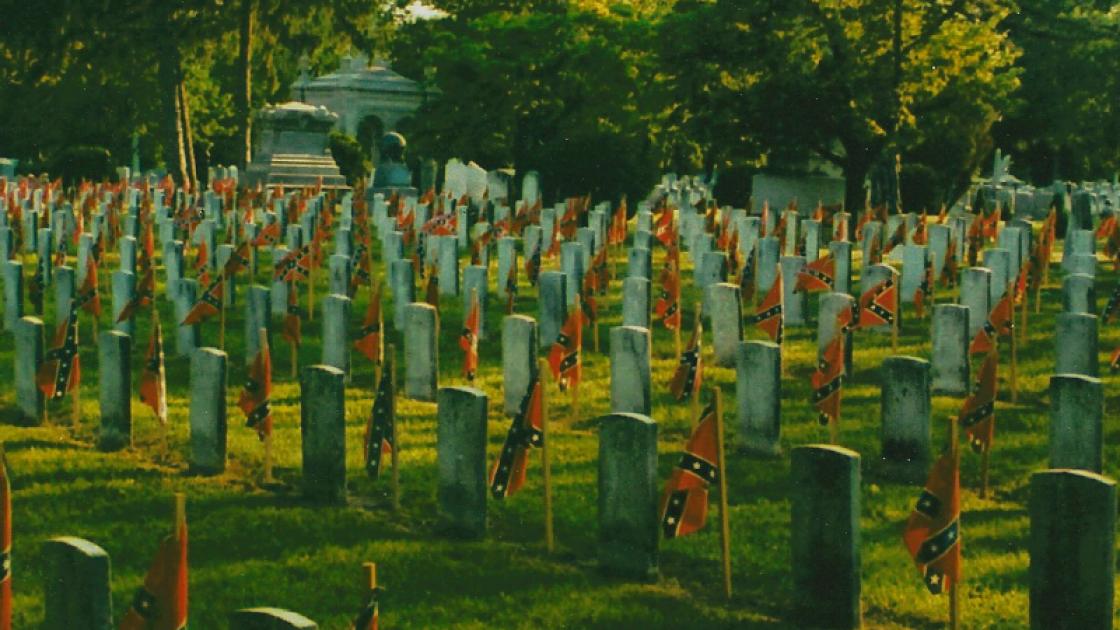
In the eyes of politicians like Pennsylvania congressman Thomas Williams, that attitude was glaringly displayed in the Valley’s Confederate cemeteries, the first of which was swiftly established in Winchester by the city’s Ladies Memorial Association. Williams viewed these places as locations intended to keep Confederate sentiment alive, foster disdain among future generations of southerners toward the national government and provide insurmountable obstacles to any form of postwar reconciliation. So adamant had Williams become in his beliefs that he proposed legislation on June 4, 1866, to prohibit the establishment of Confederate cemeteries or any activity that honored the Confederate dead. The effort failed because a majority in Congress viewed the women in charge of the efforts to honor Confederate dead as politically irrelevant and, therefore, no real threat to the Republic’s future stability. These feminine works were intended to honor fallen sons, brothers and husbands, not to push a pro-Confederate agenda.
Interestingly, at least in the Shenandoah Valley, the cemeteries Williams detested became places where early signs of national healing appeared. For example, in late October 1866 — four months after the first Confederate Memorial Day was observed in Winchester — Valley residents gathered for the Stonewall Confederate Cemetery’s formal dedication, which included the interment of four Confederate officers, among them Brig. Gen. Turner Ashby, killed while fighting a rearguard action in Harrisonburg, Va., on June 6, 1862. As the horse-drawn hearse bore the bodies into the cemetery, the United States officer commanding the Union garrison in Winchester, a Captain Brown, ordered the national colors in the National Cemetery, separated from the Confederate cemetery by only a narrow lane, to half-staff.
While Captain Brown’s act proved to be the first step on the path to healing some of the war’s emotional wounds and was undoubtedly appreciated by former Confederates, the gesture did not instantaneously erase all animosities. Although former Confederates in the Shenandoah Valley tried to put on a brave face, they still grieved for the defeat, loss of property and, above all, loss of loved ones. As Valley resident and staunch Confederate Kate McVicar noted, the area’s inhabitants who supported the Confederate war effort could not “reconcile themselves to the conqueror yet, or forget the scenes they passed through.”
Despite the obstacles Valley residents encountered in their efforts to recover from the conflict’s physical and emotional toll, as time passed, an increasing number of the inhabitants embraced the idea of attempting to bind up the nation’s wounds. That desire was driven by several key factors, the first of which was population recovery. By 1870, the Valley’s population actually exceeded prewar levels by approximately 4,000 residents. However, in three of the Shenandoah Valley’s counties — Warren, Clarke and Rockbridge — the overall population continued to decline by the time of the 1870 census. Although one might speculate this decline illustrated the war’s devastating impact on the region’s population, a closer examination reveals it was due to the departure of African Americans from the area.

After the conflict, African Americans — particularly those who were slaves prior to the war — understood that although constitutionally free, they could not enjoy true freedom in the South. One year after the conflict, George W. Taylor, the postmaster of Winchester, believed that former Confederates in the Shenandoah Valley harbored greater animosity toward African Americans, partly because they stood as symbols of Union victory. As was recorded in testimony to the congressional Joint Committee on Reconstruction, former Valley Confederates’ “feelings … towards the freedmen, are more hostile to-day than they were at the close of the rebellion.” Thomas Ashby, a white resident of Front Royal, echoed the difficulties confronted by African Americans that might prompt their relocation: “the negro is in all those personal characteristics … as much a slave to-day as he was before the Civil War.”
Beyond population recovery and the end of military reconstruction in the Old Dominion during the early 1870s, economic recovery also played a key role in opening the minds of former Confederates to efforts of postwar healing. By 1880, the region’s crop outputs exceeded prewar levels. Additionally, the region’s economy became strengthened by the various resorts, hotels and healing springs that had opened by 1880 and attracted thousands of visitors, including northerners — some of whom had served in the Union army during the war. “They have a valley rich and fertile and are gradually recovering what they lost,” noted a visitor to the Shenandoah in the early 1880s, “instead of a battle field[,] the Valley of Virginia has changed to an immense summer resort. Numerous springs and summer hotels dot the mountain sides and there is no more imposing mountain scenery anywhere.”
A final factor encouraging area inhabitants to embrace postwar healing was the rhetoric used at various Confederate Memorial Days and monument dedications in the late 1870s and early 1880s. Orators urged residents not to necessarily forget the Confederate past, but also not to let that past put the region — and consequently the nation — into a state of stagnant paralysis. For example, during the dedication of the monument to the unknown Southern dead in the Stonewall Confederate Cemetery in 1879, keynote speaker John T. Morgan informed the crowd: “Ours is no longer a divided country. No cause of sectional strife remains to divide us hereafter. And we believe … that our form of government is the best, and is founded upon the living principles of truth and justice that this will be a lasting Union of States, under one Federal Constitution and one flag.”
Two years after Morgan’s comments, signs continued to emerge that some former Confederates embraced the spirit of reunion. Veterans from the area around Luray organized a Blue-Gray reunion with members of the Captain Colwell Grand Army of the Republic (GAR) post from Carlisle, Pa., to come to Luray to commemorate the first major land engagement of the Civil War — the First Battle of Manassas (Bull Run).
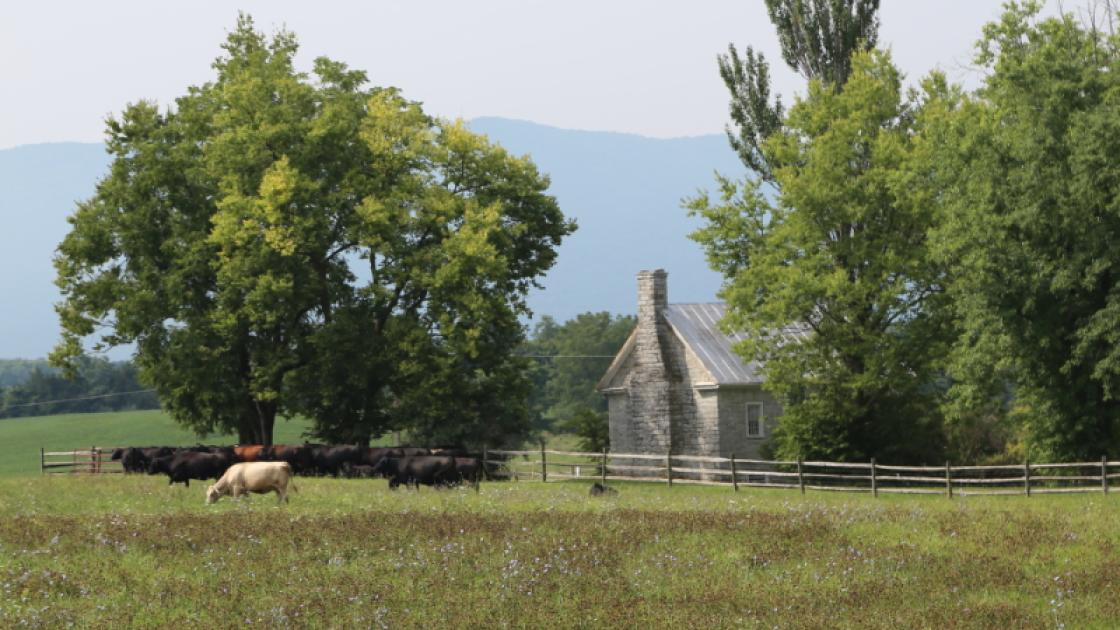
Against this backdrop of eased relations between former enemies, the Sheridan’s Veterans’ Association (SVA) journeyed to the Shenandoah Valley in September 1883 to commemorate the 19th anniversary of Maj. Gen. Philip H. Sheridan’s 1864 Shenandoah Campaign. This visit marked the first organized return of veterans from the Army of the Shenandoah to the Valley since the war’s end. Undoubtedly, the veterans of that army and its commander were the Union troops most detested by the region’s former Confederates. Not only had they defeated Confederate Lt. Gen. Jubal A. Early’s Army of the Valley on the fields of Winchester, Fisher’s Hill, Tom’s Brook and Cedar Creek, but the Army of the Shenandoah perpetrated widespread destruction in a region already so cruelly touched by war’s hard hand during the Burning in late September and early October 1864.
Former Confederates in the Shenandoah Valley may not have taken issue with the SVA wanting to visit their region in the abstract, but some were bothered by the timing. A Winchester resident, clandestinely identified in newspaper columns as “Vale,” criticized the visit: “In a slight degree the time of their visit was unfortunate, from the fact that September 19 was the anniversary of [Third Winchester,] the only crushing defeat suffered by the Confederates in the Shenandoah Valley; and to many it seemed as if this visit was meant to add humiliation to defeat.”
While such negative reactions were understandable, Winchester’s mayor, William L. Clark, and the city council wanted to welcome the SVA with open arms. When the organization’s president, Col. Carroll D. Wright, informed the city that the veterans wanted to make Winchester the headquarters of their “excursion,” Mayor Clark — a veteran of the Stonewall Brigade — organized a 24-person committee to make certain that the SVA’s nearly 150 members would be welcomed as “sons of a common country.
As the train carrying the SVA steamed into Winchester on the afternoon of September 18, 1883, some of the veterans reflected on what had happened 19 years earlier at the Battle of Third Winchester. One veteran peered out at the scenery passing his window and recorded: “The train is skirting that terrible, that triumphant field, where so many died.” Other veterans pondered how they might be received in a city that once detested them so much. Perhaps surprisingly, a group of hundreds greeted the veterans with “distinguished honors,” reported the Spirit of Jefferson (a West Virginia newspaper).
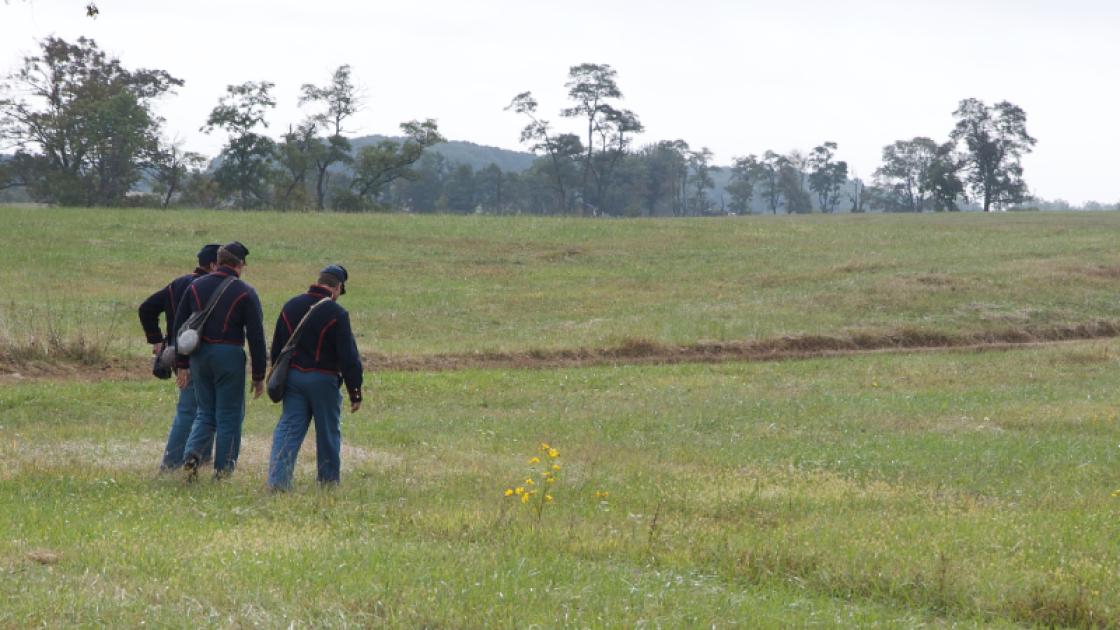
During their 1883 visit, the SVA toured area battlefields alongside Confederate veterans, held memorial services and dedicated a few monuments. But, perhaps the most significant part of their visit came on September 19, the exact anniversary of the Third Battle of Winchester, when, after a ceremony in the Winchester National Cemetery, the veterans marched across the street to the Stonewall Confederate Cemetery — an unannounced visit that shocked many former Confederates. Some observers regarded the Union veterans as intruders, until Col. Wright gathered his veterans around the monument to the unknown Confederate dead, instructed them to doff their hats and ordered them down on bended knee. Then he addressed the curious crowd: “Here lie buried the unknown Confederate dead — the brave men we met on the field of Opequon — but they were brave men, and it is fitting and right that we should lay our floral tributes on their graves … we … come with loyalty to noble lives, to brave and gallant soldiers, and with the prayer for peace on earth on our lips and in our hearts.”
As the Union veterans entered the cemetery , Charles Carleton Coffin, the SVA’s treasurer and a prolific author who had been a correspondent for the Boston Journal during the war, observed the reactions among Winchester’s citizens. One particular face caught Coffin’s gaze — that of an elderly gentleman. When Coffin approached the man, who was leaning against the Virginia monument, the time-worn man lashed out at Coffin: “Some of your folks burned my house 19 years ago, and made me, my wife and children homeless.” While the elderly fellow continued his tirade against Sheridan and his Union soldiers, Coffin noted that his rant soon slowed and stopped in the face of the former Confederate’s realization of what the SVA was doing. Coffin wrote of that powerful moment: “[T]ears rolled down the cheeks of some and former Confederates who had been nursing their pride, who have in their hearts refused to accept the results of the war, went out from that cemetery with new emotions.”
When the SVA returned to the Valley two years later, they performed a similar act in the Confederate section of Woodbine Cemetery in Harrisonburg. SVA members understood that showing respect to the Confederate dead might meet with the disapproval of other Union veterans and northerners, but they believed it necessary to heal relationships with former Confederate soldiers and to improve relations with Confederate women. After all, women organized the Ladies Memorial Associations that established cemeteries and cared for the Confederate dead. Veterans from both sides regarded southern women as the guardians of the Confederate past, and Sheridan’s veterans understood that they arguably provided the greatest obstacle to postwar reconciliation. One veteran who served with Sheridan in the Shenandoah Valley recalled: “It has always been conceded that the women of the South … have been the most implacable opponents to any steps toward reconciliation, and have been the last to recognize any good as coming from the North.”
Those of Harrisonburg’s women who harbored the most animosity toward Union veterans did not believe the SVA’s public display of prayer and strewn flowers to be genuine. After the ceremony, an unidentified woman went up to the veterans and told them that if they truly cared for the Confederate dead and those they left behind, the SVA would donate money for the cemetery’s upkeep. Perhaps to this woman’s surprise, Sheridan’s veterans quickly offered a handsome donation, winning over even the most unconquerable of Harrisonburg’s ladies. One woman wrote with the newfound realization: “They come not with fire and sword, but with countenances beaming with peace and good will.”
In 1885, when the SVA returned to the Valley, its members believed that, in addition to outward displays of respect for the Confederate dead, they might do something else to further advance postwar healing. They envisioned a rifle competition between Union and Confederate veterans — although some feared, not illegitimately, that it could “revive that bitterness to a degree which would at least chill the relations of those who were old-time foes.” Ultimately, the Blue-Gray match was held on the Harrisonburg farm of federal judge John Paul, who had been a Confederate. While neither side could boast remarkable scores, the former enemies forged bonds because of the event. One veteran recalled: “It was demonstrated that with proper facilities, easily obtainable, these rifle competitions may be of great value in cementing veteran companionship.”
Regardless of the advances that the SVA might have made by the mid-1880s, some former Confederates simply refused to accept any form of reconciliation with their Union counterparts. Confederate veterans in the Shenandoah Valley who favored reconciliation noted that there existed in their midst a group of former Confederates — “southern copperheads” — who would do anything in their power to inculcate animosity toward the North among future generations. One Confederate veteran wrote about them in 1885: “We have in the valley what you called copperheads in the North … who … now when there is peace all over the land are fostering a spirit of hatred for the North.”
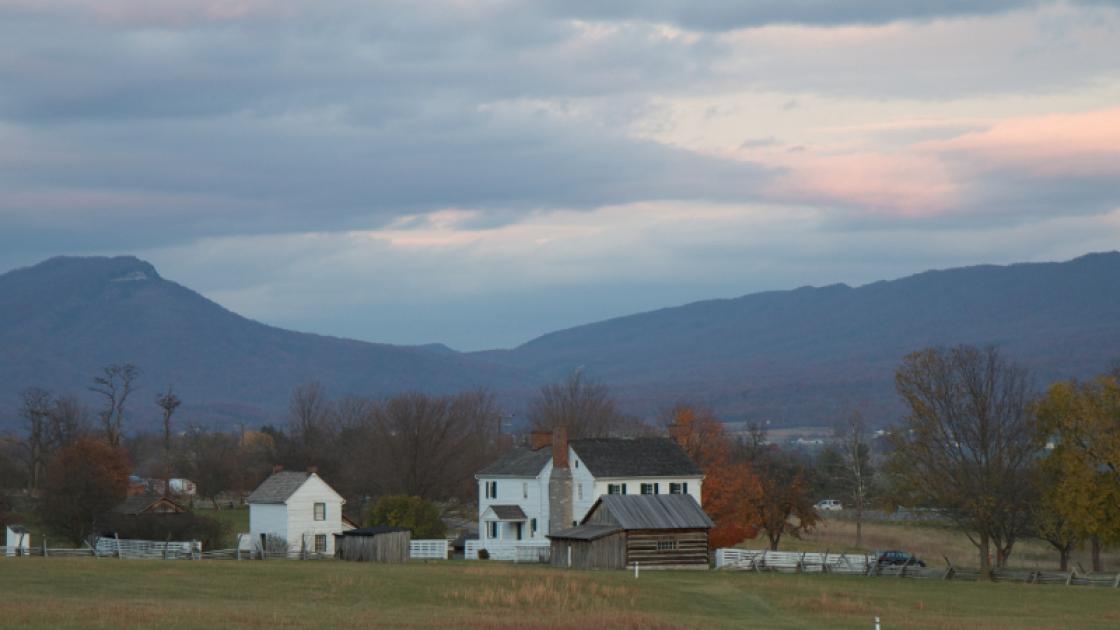
Among the ranks of this group was Confederate veteran J.E. Hopkins. As a resident of Shenandoah County, Hopkins seethed when he learned that the Pennsylvania legislature had appropriated $2,000 for the erection of a monument to the 54th Pennsylvania Infantry on the New Market Battlefield. Hopkins, who regarded the monument as “a thorn in the flesh” of the region’s inhabitants, thought that the Pennsylvanians should take that money and distribute it to the residents of Shenandoah County who had suffered devastation at the hands of Federal forces in 1864. “If they are anxious to do something honorable they can pass something on the barns and mills they burned,” Hopkins wrote, “the horses and cattle they stole, the grain and property they despoiled this very people of.” In his vitriolic rant, Hopkins branded the Pennsylvanians and all Union soldiers who fought in the Shenandoah Valley as criminals who “waged” war “on the helpless Southern people.”
Hopkins’ protests ultimately did little to dissuade the Pennsylvanians from dedicating their monument or discourage Confederate veterans of New Market from attending the ceremony in 1905. A correspondent for a Harrisonburg newspaper noted of the dedication: “In the crowd today were quite a number of old Confederates, many of them in uniform, who took pains to make the visitors feel at home and who aided them in getting their bearings on the battlefield.”
Although Hopkins’ incendiary rhetoric did not elicit the response he hoped — a boycott and condemnation of the Pennsylvanians’ monument — Confederate veterans who favored healing throughout the Shenandoah Valley took notice of the likes of Hopkins and used every opportunity they could to chastise those who continued to “wave the bloody shirt.” For example, two years after the 54th Pennsylvania’s monument dedication in New Market, R.D. Funkhouser, formerly of the 49th Virginia and now the commander of the Stover Camp of Confederate Veterans, based in Strasburg, Va., welcomed veterans of the 15th New Jersey to the Fisher’s Hill Battlefield. Aggravated with those who continued to block reconciliation, Funkhouser informed the gathering of 110 Union veterans and their wives: “It affords us pleasure to meet you under our own vine and fig tree … we welcome you most cordially.… It is true we had … unpleasantness in the long ago, but I venture to say that the man who waves the bloody shirt to-day never smelled gun powder even in those days that people were so careless with it.”
Although many of the Shenandoah Valley’s Confederate veterans favored reconciliation with their Union counterparts, they still — particularly as veterans confronted the reality of the mortality — wanted to make certain that the story of their Confederate service was presented in the most positive light for future generations. At the same United Confederate Veterans meetings where Confederate veterans issued resolutions welcoming Union veterans to the region and planned joint activities with former foes, decrees also came forth that condemned statements or textbooks that presented the Confederate side as wrong or diminished the reputation of its generals. For instance on September 2, 1895, members of Winchester’s Turner Ashby Camp, No. 22, passed a resolution that condemned the city schools’ use of A Brief History of the United States published by one of the largest textbook publishers in the nation, A.S. Barnes & Company. Edward Conrad, a veteran of Lt. Col. R. Preston Chew’s Artillery Battery, made a motion that condemned the book for “its false history and certain conclusions,” believing it “unfit to be put into the hands of the children of our City.” Among the many things to which Conrad undoubtedly took offense was the text’s characterization of Sheridan’s 1864 Shenandoah Campaign as “the most brilliant of the war,” while portraying Early’s command as a disorganized mass “routed” by Sheridan’s army.
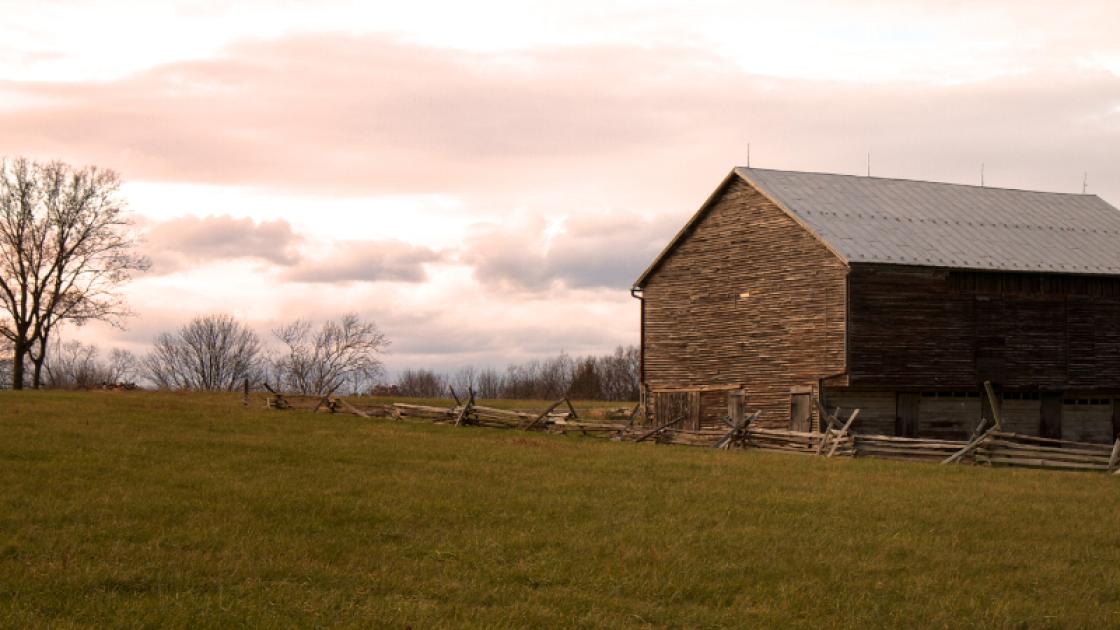
As Confederate veterans who favored national healing took measures to protect their legacy and defend their conduct, so, too, did Union veterans with whom they interacted. Many had no qualms about making statements about slavery’s inextricable connections with the conflict. When an SVA member addressed a gathering in Winchester during the September 1885 visit, he noted that slavery’s existence and the difference in labor systems between North and South made the Civil War inevitable. “In the South labor was regarded as degrading. Slavery made it so. In the North there was dignity in labor. There was character and independence. From the outset the great planters of South Carolina had no great liking to our form of government. They were aristocratic.… Free labor, untrammeled for the first time in the history of the world, had exhibited its mighty power, its dignity and majesty.”
Some Union veterans even went so far as to seem unapologetic about the destruction they had brought to the Shenandoah Valley in the autumn of 1864. For instance, when Union veteran William H. Cawley encountered a Confederate veteran at Fisher’s Hill in 1907, Cawley informed his former foe that he was “especially efficient in burning mills and destroying mills” and that the soldiers under his command did “their work well.”
While some might view the unwillingness of either Union or Confederate veterans to dismiss the causes for which they fought or apologize for their actions during the war as obstacles to postwar healing, some veterans who fought in the Shenandoah Valley found it somewhat refreshing to confront the realities of the conflict. Francis H. Buffum, a veteran of the Army of the Shenandoah, made a number of visits to the Valley after the war. He noted that after the first visit of the SVA in 1883 there “was the absence of that feeling of shyness” among former foes. “There was not so much treading on eggs. We realized that the Confederate soldiers could discuss the war in a more impersonal manner — more in the light that history would regard it. Consequently there was less restraint in our intercourse, with perhaps a little less of the bloom of romance,” Buffum concluded.
For all of its obstacles and contradictions, the campaign for postwar healing between Union and Confederate veterans in the Shenandoah Valley — however imperfect it might seem to us today — offers powerful examples of forgiveness. Those examples help us understand how veterans and civilians who endured what historian Bruce Catton dubbed “the most significant experience in our national existence” coped with the aftermath of a conflict that transformed a country into a nation. Additionally, the postwar campaigns of reconciliation in the Shenandoah Valley offer us lessons in the present on how we should approach the study of a conflict of which Catton noted “means so many different things” because the Civil War “emphasizes the point that any great historic truth has many facets.” The postwar campaign for reconciliation in the Shenandoah Valley does indeed offer lessons for us in the present; in the words of John Paul, a Confederate veteran from Rockingham County, to “look calmly at all sides of … questions” and maintain “hope for the future.”


